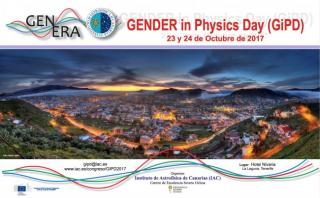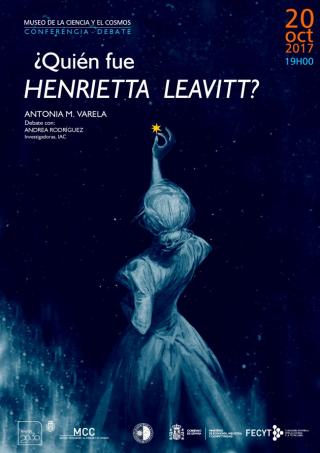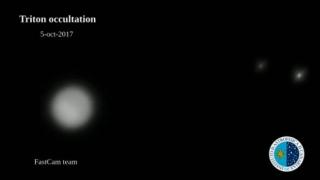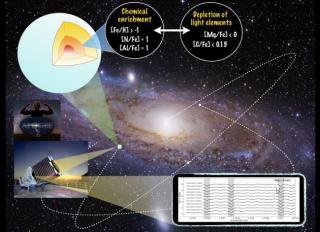
This is the subtitle of Gender in Physics Day (GiPD) Spain 2017, a meeting organized byte Instituto de Astrofísica de Canarias (IAC) which starts on October 23rd, in the context of the project GENERA ( Gender Equality Network in the European Research Area) with the aim of creating interchange, debate and proposals for the promotion of gender equality in Physics
Advertised on




